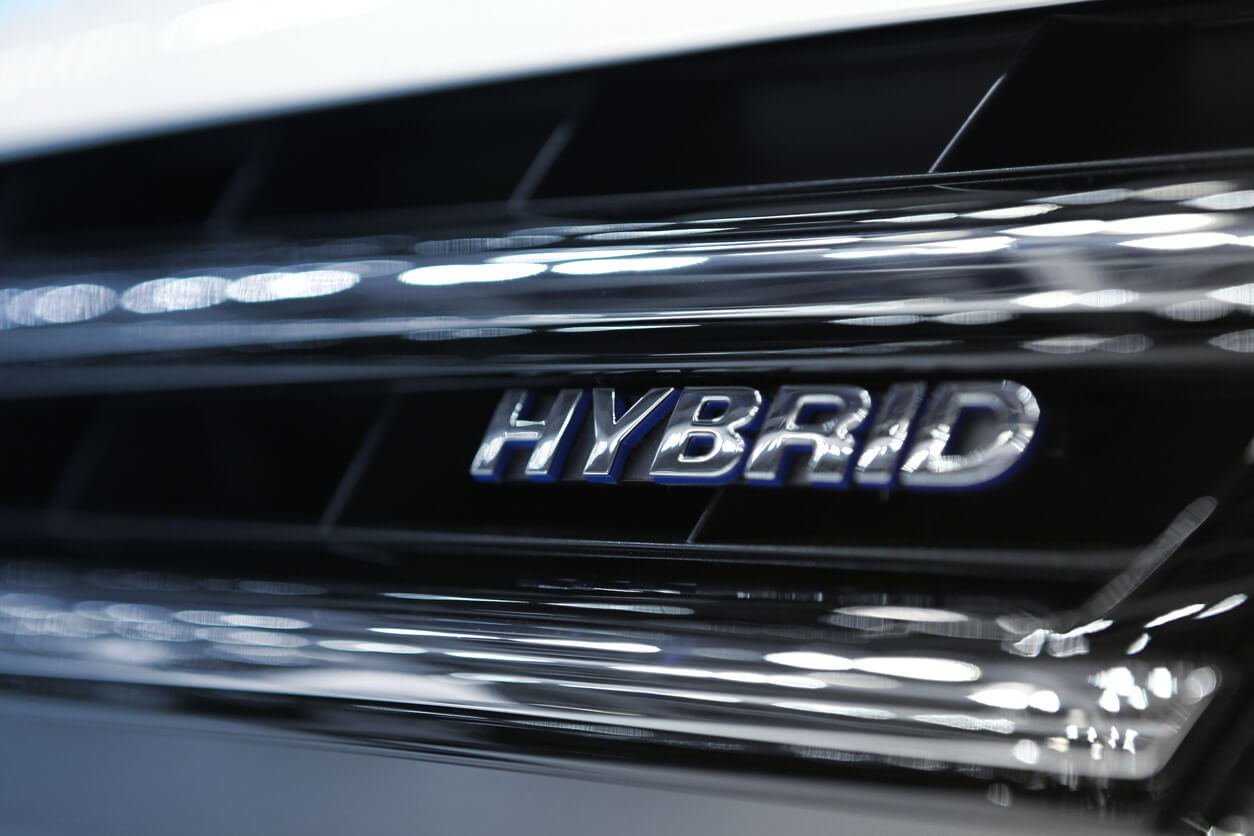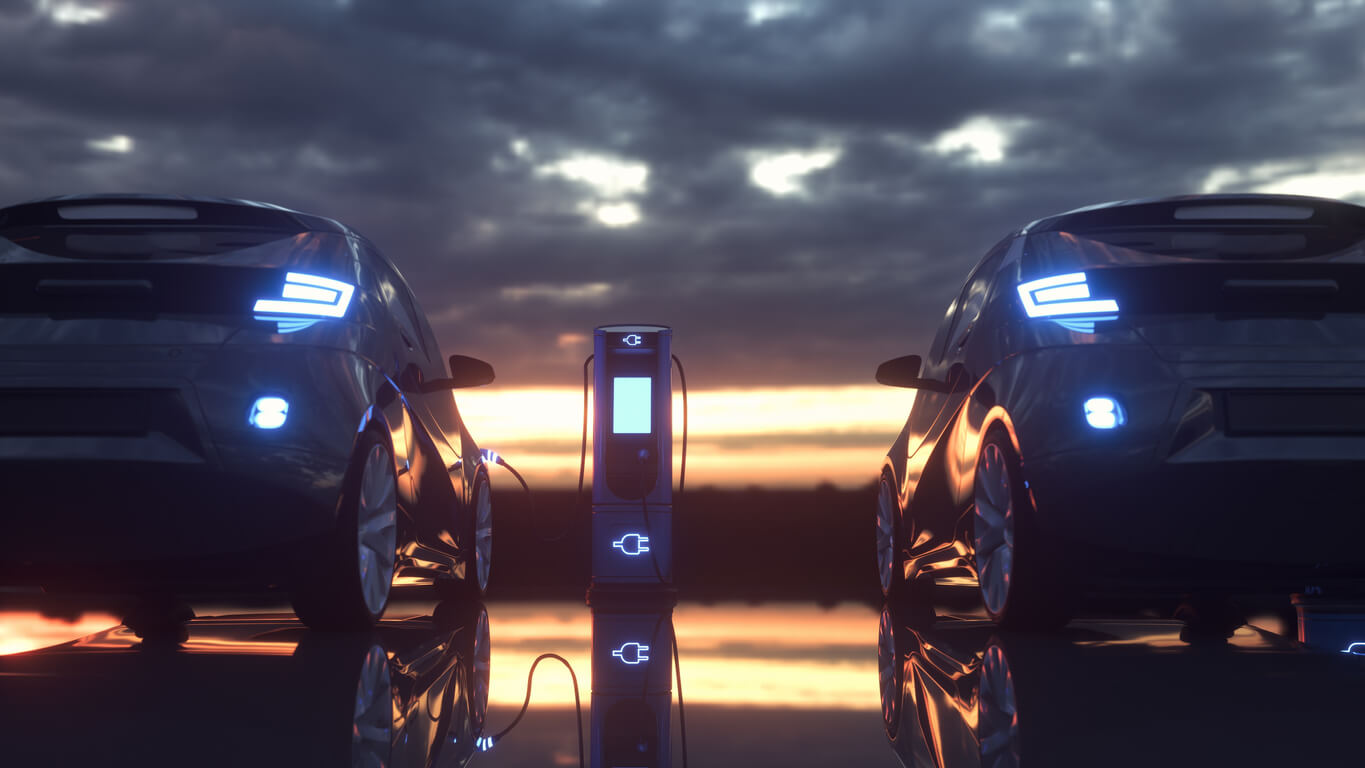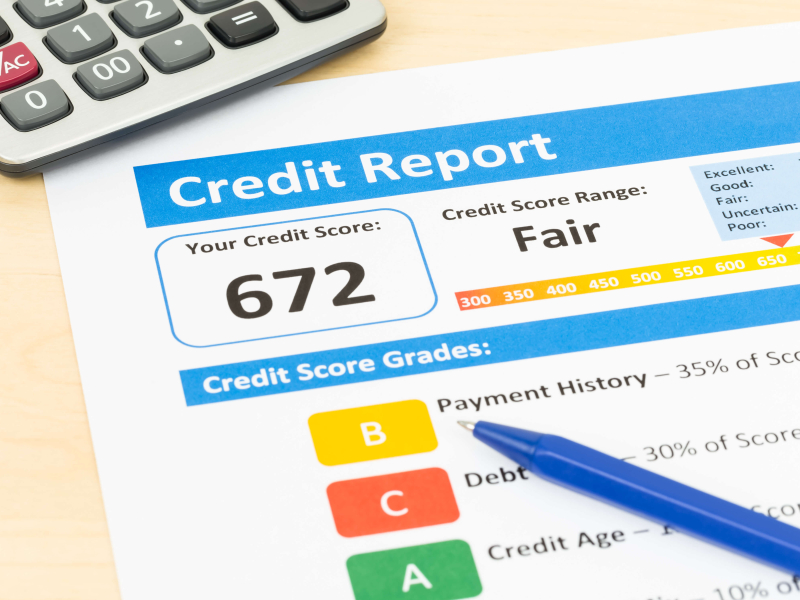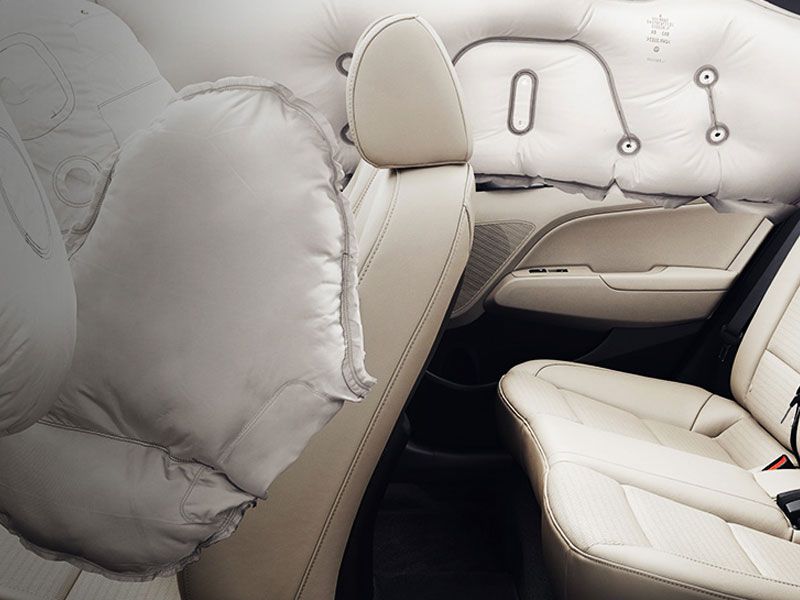How to Check if a Used Car is a Lemon
Any time you buy a used car, regardless of whether it was from a dealer or out of the classified ads, it is up to you to do a little a background work. The good news is that you don’t have to be an auto mechanic to separate reliable cars from the lemons. A few of the following time-tested strategies can help you determine whether the used car you have been thinking about buying is a reliable car or a lemon.
Here are 4 ways to check if a Used Car is a Lemon.
Read the Sticker
If you are buying the car from the dealership, the Federal Trade Commission (FTC) requires the dealer to include a buyer’s guide with every used car they are selling. The information listed in this guide must include:
- Whether the vehicle is being sold “As Is” (meaning the dealer makes no guarantees as to the condition of the vehicle) or with a warranty
- The percentage of the repair costs a dealer will pay under the warranty
- All the major mechanical and electrical systems on the car, including potential problems with those systems
Note: When you buy a used car from a dealer, make sure you receive a copy of the original buyer’s guide that was posted in the vehicle. Because this guide is part of your sales contract and will override and contrary provisions, it must note any negotiated changes in warranty coverage.

Inspect The Exterior
Don't just give it a look; spend some time examining the car closely. By conducting a thorough inspection of the exterior of the car, you will be able to tell if the vehicle has undergone any major body work. Mismatched body panels, uneven gaps between doors, and paint over-sprays are sure signs of a lemon or that parts from the original vehicle have been replaced. You can also use a magnet to detect body filler. If the magnet does not stick to certain parts of the car, this may mean that filler was used to cover up dents or rust spots. Other points to check include the doors, hood, trunk, locks, and windows. If these do not operate properly, it may be a sign that the vehicle’s exterior integrity has been altered. You may also want to measure the distance between each wheel and the body of the car. If there is a difference in distance from one wheel to the next, this may be an indication that repairs were made following a major collision.

Ask for the CARFAX
Never buy a vehicle until you have requested a vehicle history report from a credible source. Reports from services like CARFAX.com or VehicleHistory.Gov will include details on past fire, flood, and accident damage, as well as vehicle odometer information.

Visit Your Mechanic
A quick inspection of the car’s engine may not reveal everything that is wrong, and in fact a lemon car may go unrecognized. For this reason, it is advisable to have the used car inspected by an auto mechanic. Look for a qualified third-party mechanic that routinely does automotive diagnostic work. These types of services generally cost somewhere in the neighborhood of $100. The dealer or private seller should have no issues with any of the previous actions or requests. If they do, do not hesitate to walk away and continue your shopping elsewhere.









